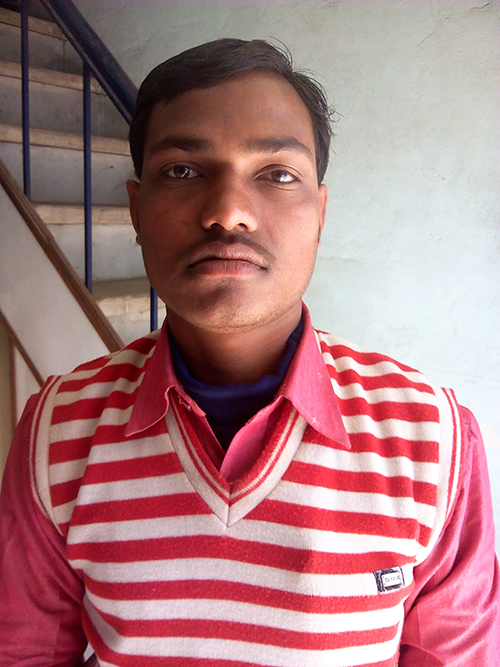During the Lok Sabha election last year, panna pramukhs were credited for carrying the saffron party past the finish line, particularly in Varanasi. Nine months later, they are a disillusioned bunch, resolved not to help the BJP in the future.
“Voters looked at us with expectations when we told them that once Modiji becomes the prime minister they would get everything they wanted,” said Vidya Sagar, one of the panna pramukhs in Varanasi Lok Sabha seat. “Since the Lok Sabha elections, things have got worse. The same people now taunt us because there has simply been no change in their life.”
The panna pramukh strategy is considered the brainchild of BJP national president Amit Shah. While borrowing cadres of the Rashtriya Swayamsevak Sangh, it plots the mobilisation of voters on a really micro scale. The focus is not just on every polling booth but on every individual page of that booth’s voters’ list.
Newfound method
A panna in Hindi means a page (in this case, a page in the voters’ list) and a pramukh is the person in charge of that page. Each page in the voters’ list has 60 voter names belonging normally to eight to 12 families. There are roughly 1,200 voters at every booth. A panna pramukh, under Shah’s strategy, is asked to concentrate only on the families listed on the assigned page.
The strategy marked a clear departure from the conventional method of using polling booth-level workers as the lowest unit for mobilising voters.
Dividing the catchment area of a booth into nearly 20 units was an approach no party had thought of. It allowed the Sangh Parivar unseen penetration among voters in the general polls. In addition, it allowed the BJP an opportunity to directly involve a large number of cadres of the Rashtriya Swayamsevak Sangh for electoral purposes.
But nine months after the government formation, this strategy has developed cracks in the very constituency where the panna pramukhs were put to maximum use.
Vidya Sagar, who is a resident of Chhitauni village in the Rohinia Assembly segment of Varanasi and an active RSS member for four years, says he is facing the heat of Modi fatigue. And he is not the only one.

Vidya Sagar
“The Delhi election outcome has played a role in deepening the disenchantment among those who took up the responsibility of panna pramukh during the Lok Sabha election,” said Rajan Rai, another panna pramukh and an RSS worker who was driven by the hope that the BJP government would end his unemployment. “There are so many unemployed youth who worked day and night like me, expecting improvement in their lot. Now they feel cheated and are lending their ear to the Aam Adami Party’s promises.”
In Varanasi, not all panna pramukhs were regular RSS workers. A good number of them got attracted to the Sangh Parivar project not because of any ideological commitment but because of their expectations from a new regime and their desire to appear empowered in their localities.
“We helped raise the expectations of the people and now we are facing the repercussions,” said Ramadhar, a quack in Varanasi’s Rohinia subdivision who has never been a regular RSS worker. “This is more so because the leaders of the RSS and the BJP, who used to visit so frequently in those days, have become completely inaccessible. To those who came out and voted because of our persuasion, we remain the direct link with the higher-ups. That is their perception. And that is precisely the reason why we feel so frustrated after having played the role of panna pramukh.”
Ramadhar added, “Even if you are a booth level worker, you don’t have to go out and persuade the individual voter over and over again. But once you do this work, you cannot remain unaffected by their anger with the regime.”












